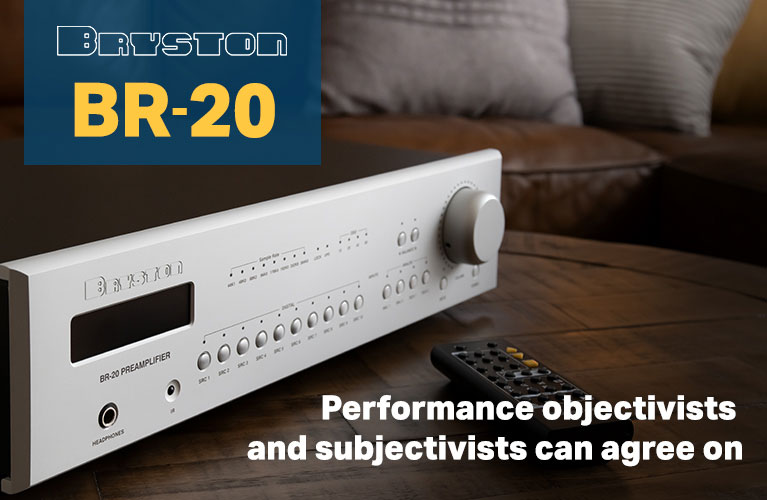Note: measurements taken in the anechoic chamber at Canada's National Research Council can be found through this link.
 As I’m typing these words, I’m listening to Bruce Cockburn’s latest album, O Sun O Moon, through a pair of Focal Vestia N°3 floorstanding loudspeakers, the subject of this review. But when I initially set this review up, I’d planned to listen to the album, and some of my reference recordings, through Focal’s Vestia N°4 floorstanders.
As I’m typing these words, I’m listening to Bruce Cockburn’s latest album, O Sun O Moon, through a pair of Focal Vestia N°3 floorstanding loudspeakers, the subject of this review. But when I initially set this review up, I’d planned to listen to the album, and some of my reference recordings, through Focal’s Vestia N°4 floorstanders.
Many people assume bigger is better, so I thought I should appease them by requesting the largest (and most expensive) model in the Vestia line. But Focal didn’t have any N°4s to send me, so I agreed to accept a pair of N°3s for review. Initially, I was disappointed I couldn’t get a pair of the top-of-the-line speakers—but read on to learn the surprising way this turned out.
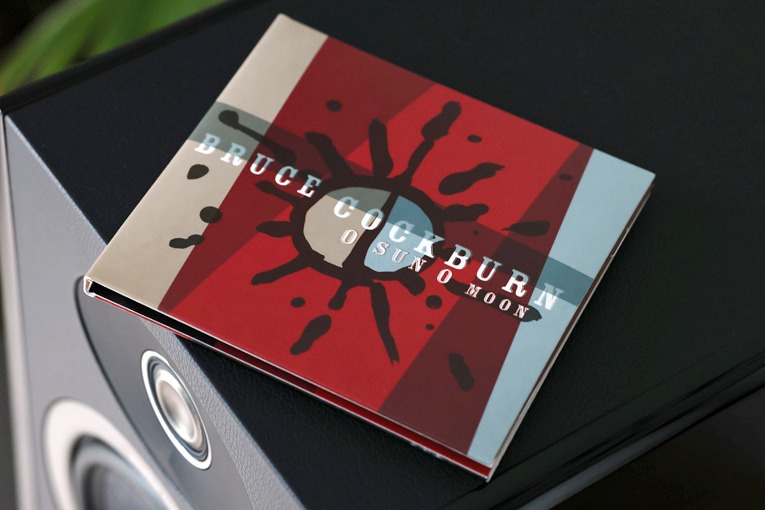
How size matters
When it comes to loudspeakers, whether bigger is better depends on the room where they’ll be playing. In general (note the emphasis), bigger speakers can deliver deeper bass and higher overall output levels. But too much bass can be a bad thing if the speaker excites room modes and causes standing waves, which can make bass frequencies sound unnatural and may obscure sounds higher in the audioband. Lowering the volume can diminish the problem, but it will usually not eliminate it. Room-correction systems can fix most if not all room-mode problems, but if you don’t have room correction somewhere in your system—preamp, integrated amplifier, receiver, etc.—you’re screwed.
There’s also the question of appearance. Speakers that are too big can dominate a room visually as well as sonically. Small speakers rarely cause appearance problems—except, of course, for someone who wants huge speakers just to impress. Then—and only then—is bigger automatically better.
Description
Measuring 44″H × 10″W × 15″D, the Vestia N°3 isn’t small, but it takes up less real estate in your room than the chunkier N°4, which measures 44″H × 12″W × 17″D. Those dimensions include the magnetically attached grille and supplied aluminum base. The base is necessary to give the speaker stability and to lift the cabinet a couple of inches off the floor. It rakes the speaker a few degrees backward; this results in better time alignment of the drivers, Focal says. The backward tilt also makes the speaker look more stylish.
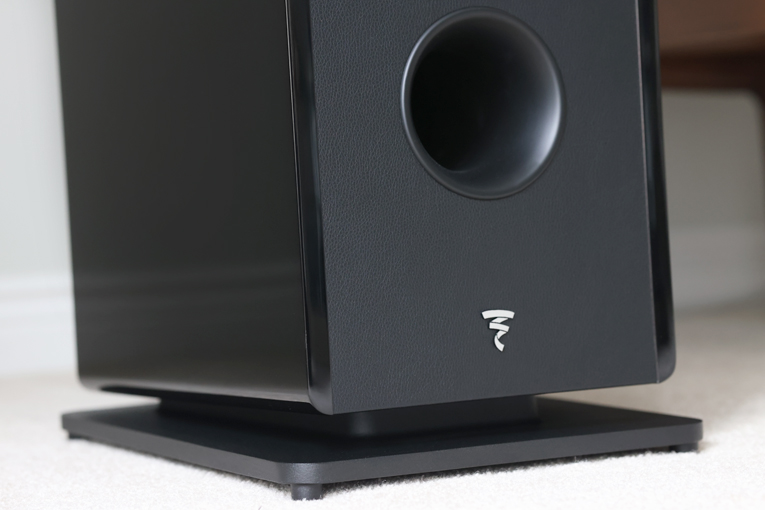
Fittingly, the N°3 is $800 per pair less expensive than the N°4: $3598 vs. $4398 (all prices in USD). The other models in the Vestia line are smaller and less expensive—the N°2 floorstander is priced at $2898 per pair, and the N°1 standmount at $1198 per pair. All Vestia speakers, including their drivers, are made in France, where Focal is headquartered.
When I unpacked the N°3s, I was immediately taken aback by how big they looked—about one-third larger than the mental picture I had formed, based on their measurements. What’s more, the N°3s were taking the space vacated by the standmounted Bowers & Wilkins 705 S3s ($3400 per pair) I wrote about in April. So this was a big, Big, BIG step up in size.
After setting up the N°3s, I immediately felt they were aesthetically better suited to my living room, which measures 14′W × 18′L, than a pair of N°4s would’ve been. Surprisingly, my wife doesn’t mind big speakers, but when she saw the N°3s, she was happy nothing bigger came in.
My review pair had the Black High Gloss finish, which has glossy side panels, faux black leather on the other panels, and a matte-black aluminum base. The N°3 is hardly the pinnacle of styling—it’s a rectilinear box, which is typical of speakers in this price range. But the finish of my review samples had no flaws I could see, even on the side panels. Usually, only extremely expensive speakers have flawless high-gloss finishes with no orange-peel texturing or other defects revealed when light strikes the panel—but the side panels of my review N°3s were as smooth as glass.
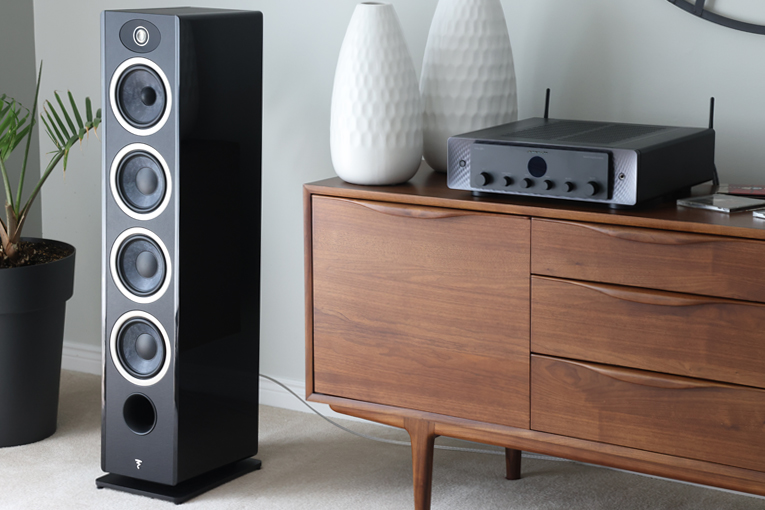
Two other finishes are available. The Dark Wood version has veneered wood side panels, plus the same faux black leather and matte-black base as the Black High Gloss model. The Light Wood version has a lighter-colored wood veneer on the side panels, off-white (almost gray) faux leather on the other panels, and a white base. These finishes are common to all Vestia speakers.
The N°4, N°3, and N°2 floorstanders are all three-way designs that feature the same 1″ inverted-dome TAM tweeter and 6.5″ Slatefiber-cone midrange driver. Focal describes Slatefiber as a composite of “recycled non-woven carbon fibres.” When you tap it, it delivers a paper-like thup sound, so it seems stiff but nonresonant, which is what you want in a driver cone. The tweeter has what Focal calls an M-shaped diaphragm made from an aluminum-magnesium alloy. If you sliced it in half through the topside, then turned it 90 degrees and looked at it from the cut side, you’d see something that looks like a wide uppercase M: a shape that reportedly improves its stiffness.

The main differences between the three floorstanders are the size of the cabinets and the sizes and quantities of woofers. All three speakers have front and rear ports to augment the bass, but the N°3 has three 6.5″ Slatefiber-cone woofers compared to the N°2’s two. The N°4 has two 8″ Slatefiber woofers.
The differing woofer configurations mostly affect bass extension, overall speaker output, impedance, and sensitivity. Focal doesn’t specify a maximum output level, but does rate the N°3’s bass extension at 35Hz (-6dB), its impedance at 8 ohms nominal with a 2.9-ohm minimum, and its sensitivity as 92dB (2.83V/m). The N°4’s bass extension is said to be 34Hz, so slightly lower than the N°3’s; its nominal impedance is rated at the same 8 ohms but its minimum impedance is said to be 2.6 ohms, which means the partnering amp has to be able to deliver a touch more current than the N°3 requires; and its sensitivity is rated at the same 92dB as the N°3. The N°2’s bass extension is claimed to be 37Hz, so a touch higher than the N°3’s; its nominal impedance is again 8 ohms, but this time the minimum is 3 ohms, so less current is required than with the N°3; and the sensitivity is 91.5dB, so a hair lower than the two larger models.
It’s hard to draw conclusions about sound quality based on specifications, but there are a couple things that are worth pointing out. None of the speakers can reproduce bass to 20Hz, so they’re not technically full range (a full-range speaker is one that produces frequencies from 20Hz to 20kHz). But to put that in perspective, only the largest speakers—as well as the best dedicated subwoofers—can produce credible bass to 20Hz at high volume levels, so that’s not a knock. What’s important to realize is that bass response in the 30Hz region, which all the floorstanders in the Vestia series achieve, is still very low.

If the sensitivity figures are accurate, they’re on the high side (I’ve found 87dB to be about average), so you don’t need a lot of power for any of these speakers. For all Vestia speakers, Focal recommends an amplifier that can deliver 40Wpc. That’s not very high, and it seems right based on what I experienced in my room. The upper limits for the N°2, N°3, and N°4 are stated to be 250, 300, and 350W, respectively, which, in each case, is a lot more power than I expect most people will ever have or need. But it’s important to know that the partnering amp needs to deliver sufficient current because of the minimum impedance figures of the speakers. Many A/V receivers can’t drive loads below 6 ohms, and I’ve found that even good tube amps don’t like loads below 4 ohms, so such amplifier types are unlikely to be a good match. A stout solid-state amplifier with reasonable power output should do.
Setup
The Marantz 40n integrated amplifier, which is rated at just 70Wpc into 8 ohms but is stable down to 2 ohms, is what I used for this review. Its modest power output proved sufficient, even for listening at very high volumes. QED XT25 speaker cables connected the amp to the speakers. For vinyl playback, I used my Pro-Ject Audio Systems X1 turntable with its accompanying Pick it S2 cartridge and phono cable. This modest analog rig was connected to the 40n’s built-in phono stage. For CD playback, I used the diminutive Pro-Ject Audio Systems CD Box S3 CD player connected to the 40n’s CD input via 1m (39″) XLO DNA interconnects.
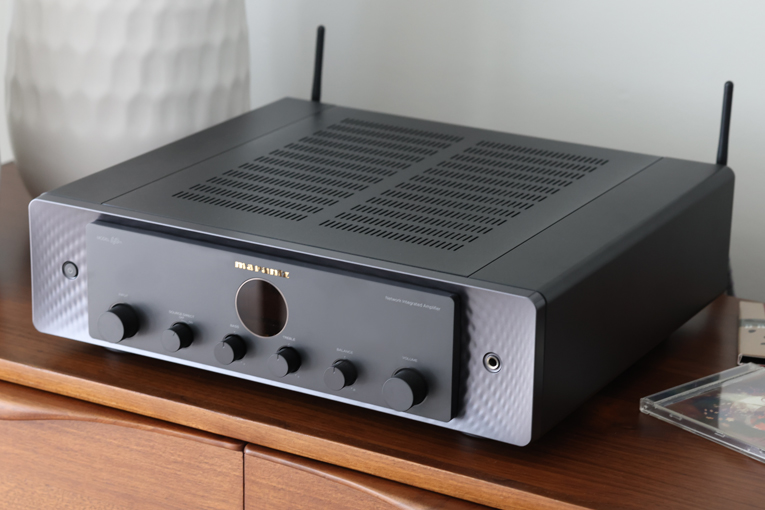
I would put the supplied grilles on the speakers for protection when not in use, and would also leave them on for casual listening, because they didn’t affect the sound that much. But, like most speakers, the N°3s sounded a touch better without the grilles, so I left them off for my critical listening.
Listening
When you post things on the internet, you must be prepared to get unexpected feedback. When I first set the N°3s up, I had them about 7′ apart, tweeter to tweeter, with the backs of the cabinets about 12″ from the wall behind them. Once I was satisfied that the speakers were in good spots, I snapped a photo and posted it to Instagram. People immediately began liking the photo, but a few minutes later there were commenters who said I needed to move them further into the room—like now!
The thing is, they were sounding good where I’d set them up. I’d just played my original LP of Bob Seger and the Silver Bullet Band’s Against the Wind (Capitol SOO-12041) and really liked the clarity and tonal balance I’d heard. I’d also played several other recordings and found that the overall sound was super-clear. Highs were spirited, meaning somewhat prominent, but not too bright. Bass extension reached down to around 30Hz with superb tightness and control. From what I could tell, there were no room modes being excited or any lack of clarity from having too much bass. As a result, I ignored the online crowd—often a good thing to do—and left the speakers where they were.
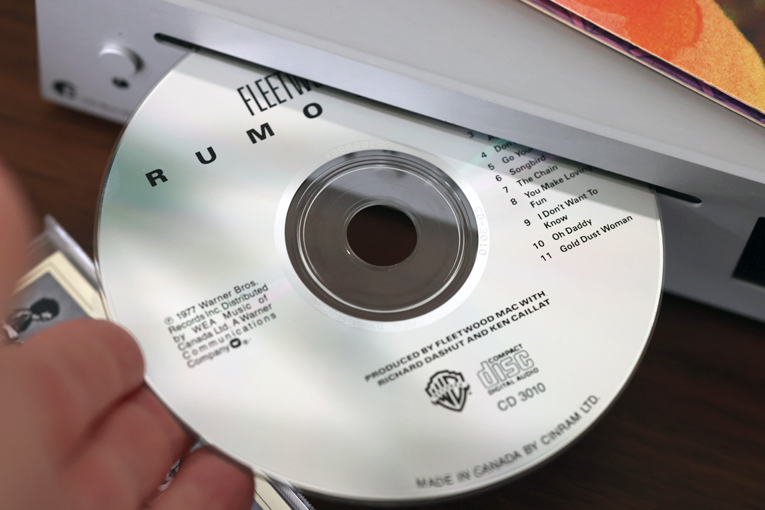
Then, a few weeks later, my wife was playing one of her Tidal playlists through the system, and I knew some of the songs. Listening closely, I thought the upper bass wasn’t as clear as it should be. When her playlist finished, I played my copy of Fleetwood Mac’s Rumours (CD, Warner Bros. Records CD 3010) and focused on the sounds of Mick Fleetwood’s drums and John McVie’s bass. I realized that they did not sound as clear as I would’ve expected.
I started moving the speakers around and found that spacing them a foot wider apart and bringing both speakers another 6″ from the wall made the upper bass sound clearer, with no loss of bass extension, change in tonal balance, or reduction in overall clarity. I then moved them another 6″ further out into the room just to see what would happen. That didn’t help or hurt the sound, but the speakers looked odd jutting that far into the living space, so I moved them half a foot back and left them there. So the online commenters were right—but only to a degree.
The last thing I did was play with toe-in and toe-out. I almost always toe speakers in, but in this rare instance I found that spaciousness was best with the speakers facing straight ahead.
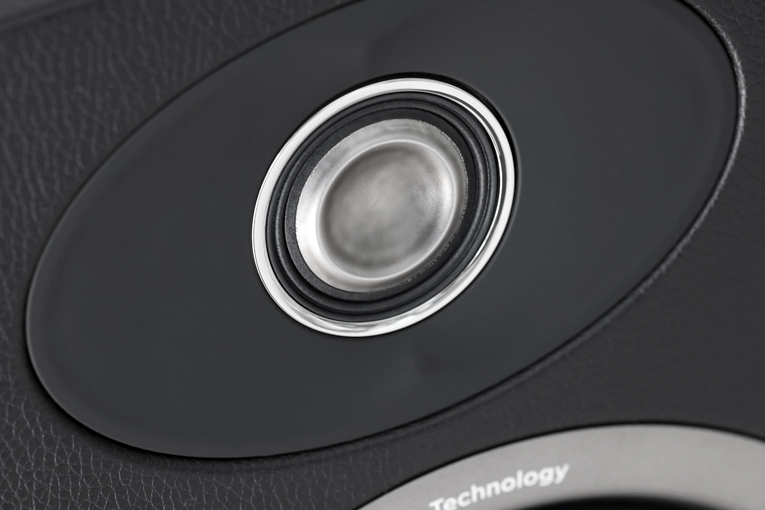
Because the repositioning of the speakers improved the sound, I started my critical listening over again. Staying with Rumours, I played “Dreams.” It sounded just as good as it did before, when I had the speakers closer to the wall. But what struck me now was how clean Stevie Nicks’s vocals sounded—spotlessly clean. I then played “The Chain” and concentrated on a part that occurs just past the three-minute mark, when John McVie’s lone bass provides a bridge between the initial part of the song and the final part. I was startled by how clearly I could hear every note from his bass guitar—more clearly than through any speakers I had ever heard in my room.
I decided to put the N°3s through a bit of a torture test by playing “Go Your Own Way” as loudly as my ears could temporarily withstand. Again, I was struck by how clean the sound was, even at ear-splitting levels. In contrast, many speakers—even some priced in the tens of thousands of dollars—make Lindsey Buckingham’s guitar sound edgy at levels this high, probably because the speakers are distorting. But through the N°3s, his screaming guitar solo stayed clean.
Next, I loaded my CD of Adam Cohen’s We Go Home (Rezolute Music RE2008) into the Pro-Ject CD player. Adam Cohen is the son of legendary Canadian poet and musician Leonard Cohen. He sounds a lot like his father—so much so, in fact, that on track 9, “Fall Apart,” Cohen sings that when his father is not around, “you’ll be hearing his voice like you’re hearing it now.”
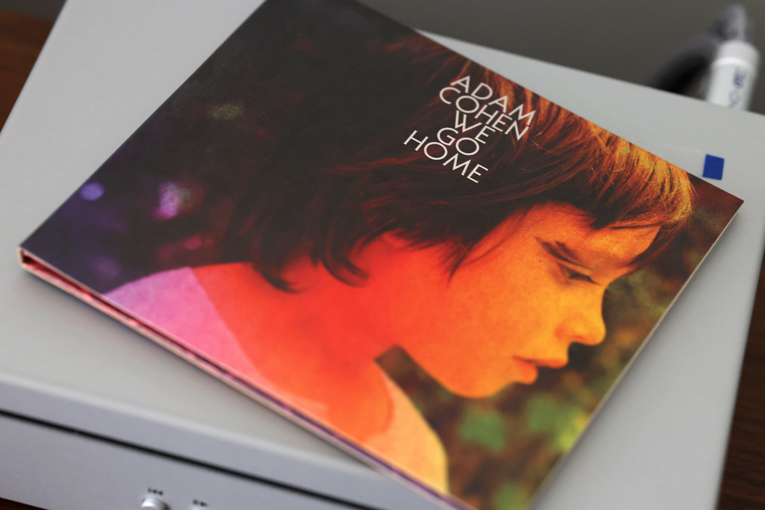
This album is a great test for overall tonality, vocal realism, bass extension, and bass impact. The N°3s reproduced the first track, “Song of Me and You,” ideally, with a hint of the cupped-hand coloration and sibilance that are inherent in the recording; but neither of these characteristics was exaggerated. Cohen’s singing voice sounded every bit as good as I’ve heard it through speakers costing many times the price of a pair of N°3s. The highs sounded lively, but, as I mentioned before, they weren’t too bright. To put this into perspective, the Bowers & Wilkins 705 S3s displayed prominent highs in my room, to the point that some people found them too bright. The N°3s weren’t that extreme.
What really impressed me with this cut were the depth and power of the kick drum, which had massive presence down to at least 30Hz; something the tiny 705 S3s could never hope to achieve in a room this size. Even with that all that weight, the low end wasn’t clouding sounds higher in frequency—from the midrange on up, I experienced the same kind of clarity I heard on Rumours. Furthermore, the transitions from bass to midrange to highs were seamless—there were no telltale signs of the woofers handing off to the midrange or the midrange to the tweeter.
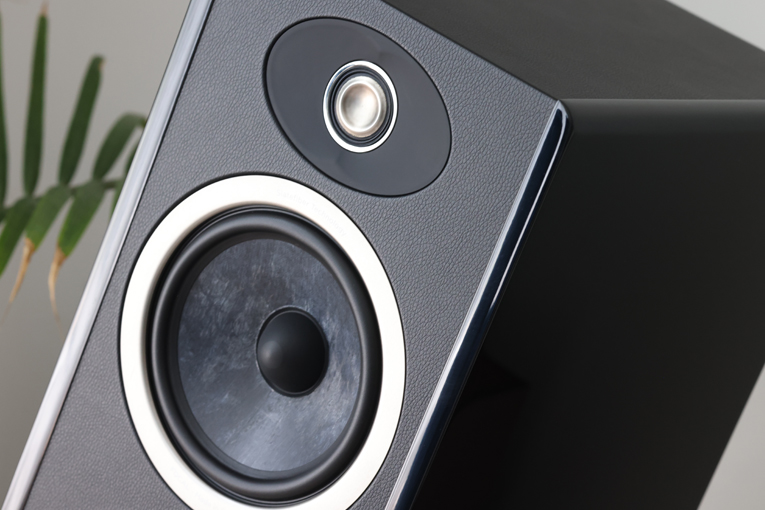
Because the bass on “Song of Me and You” sounded so impressive, I listened very closely to the title track, which has the most powerful kick-drum sound on the album. On some speakers, this can turn into a bloated, soggy mess if the bass is too high in level or uncontrolled. The N°3s were revelatory in this regard, providing nearly as much low-end weight as my reference Revel Salon2s deliver in my big listening room—meaning big-time bass extension—with just as much control. I wasn’t just impressed—I was blown away.
Finally, I wanted to test the speakers with music from Bruce Cockburn—not from O Sun O Moon because that album is very new, and I haven’t heard it on enough systems to be able to comment on how well these speakers reproduce it. Instead, I pulled out my CD of The Charity of Night (True North TNSD 0150) and played “Pacing the Cage.” I know this track extremely well because I’ve heard it through dozens of pairs of speakers.
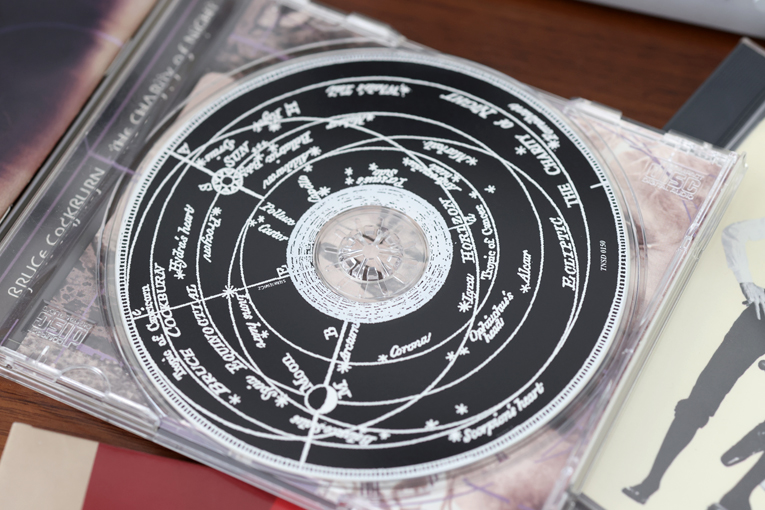
When I’m listening critically with this track, I focus on how Cockburn’s voice is reproduced. It’s rich and robust, and the focal point of the soundstage, so it was probably closely miked. Secondarily, I listened to Cockburn’s guitar, which should sound clean and distinct in its own space within the soundstage, and to the impact and detail of Rob Wasserman’s bass.
The N°3s reproduced Cockburn’s deep, rich vocals spectacularly well—his voice sounded robust but clear at the same time, with its sonic image hanging tangibly in space, as it should. I was so impressed that I played the song a few times, increasing the volume level each time to the point that it was so loud, it was nearing lifelike levels—like Cockburn was in my room, belting it out. As the levels when up and up, his voice got louder and louder, yet the speakers sounded totally composed. I couldn’t detect even a trace of distortion. The only speaker models I’ve heard, anywhere near this price point, that could reproduce his voice that authentically, from low to near-lifelike volume levels, were the Mission 770 ($5000 per pair) and Paradigm Founder 100F ($5600 per pair).
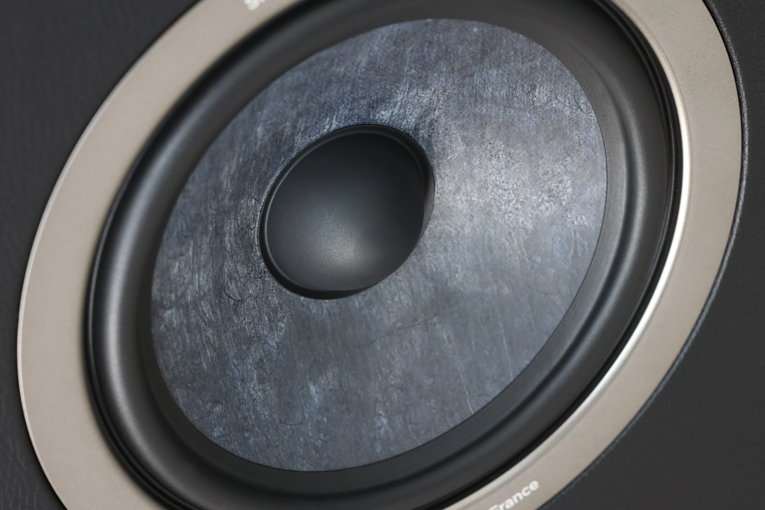
Cockburn’s guitar sounded just as clean, but with a touch more treble energy than I would call neutral. But again, the sound wasn’t too bright. Just know that with these speakers, I don’t think there’s any chance any music will sound dull, unless you’re playing a really dull-sounding recording. The real highlight, however, was Wasserman’s bass, which was reproduced with an equal abundance of weight and clarity. I could hear and feel the heft of it, and I could pick out all the details of Wasserman’s technique.
Big surprise
My journey with the Focal Vestia series was one of the most interesting I’ve traveled in the past year. I went from wanting to review the N°4s, to appreciating the N°3s for their smaller size, to liking their sound when I first set them up, to being absolutely smitten by their sound when I tweaked the positioning of the speakers and really started to put them through their paces.
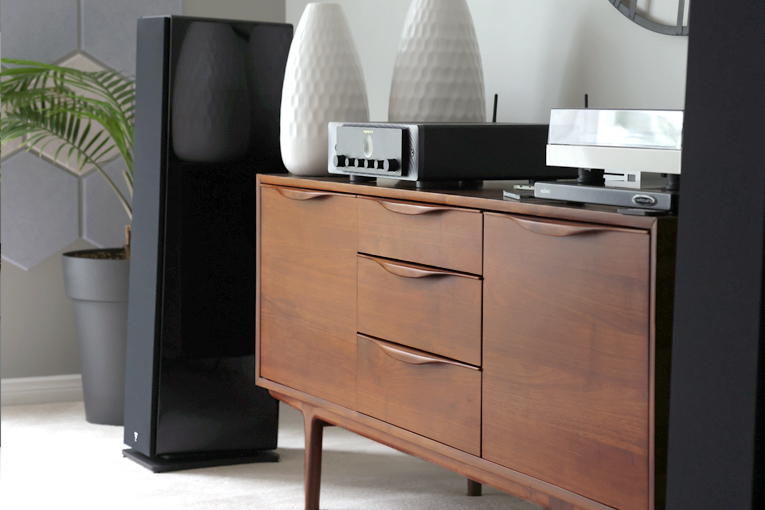
All told, I was blown away by the N°3’s extreme clarity across the entire audioband; the spot-on tonal balance, which made the vocals I listened to sound real; and what I believe is standard-setting bass performance for a speaker of this size and at this price. The N°3 isn’t rated down to 20Hz, but the review pair got close by hitting a rock-solid 30Hz in my room with aplomb—what I heard was deep, tight, and tuneful bass that didn’t overshadow the all-important midband, at any volume level. To my eyes and ears, the spectacular-sounding N°3 is big enough—you’d have to pay considerably more to better its performance substantially. While the N°3 may not be the biggest speaker in the Vestia lineup, it’s the biggest speaker surprise that I’ve experienced in the last few years.
. . . Doug Schneider
das@soundstage.com
Associated Equipment
- Turntable: Pro-Ject Audio Systems X1 with Pick it S2 cartridge and Connect it E cable.
- CD player: Pro-Ject Audio Systems CD Box S3.
- Integrated amplifier: Marantz 40n.
- Speaker cables: QED XT25.
- Interconnects: XLO DNA.
- Acoustical treatment: BXI Sound Absorber panels (20).
Focal Vestia N°3 Loudspeaker
Price: $3598 per pair.
Warranty: Five years, parts and labor.
Focal
BP 374, 108 rue de l’Avenir
42353 La Talaudière Cedex
France
Phone: (+33) 477-43-57-00
Focal Naim America
313 rue Marion
Repentigny, QC J5Z 4W8
Canada
Phone: (800) 663-9352
Website: www.focal.com






















